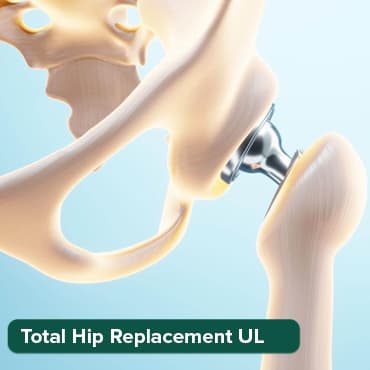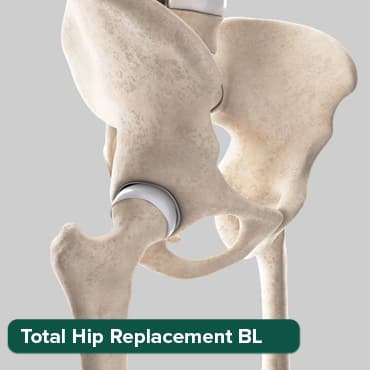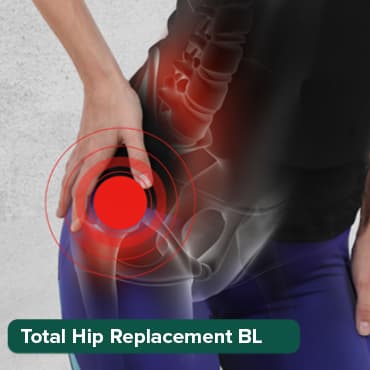
Advances in Endodontic Treatments: What Patients Need to Know
06 Sep, 2023
 Healthtrip Team
Healthtrip TeamIntroduction
Endodontics, a branch of dentistry, focuses on the diagnosis and treatment of dental pulp and the tissues surrounding the roots of the teeth. Over the years, significant advancements in endodontic treatments have revolutionized the way dental professionals address root canal issues and dental infections. These innovations not only enhance the efficacy of treatments but also make the patient experience more comfortable and efficient. In this blog, we will explore some of the latest advances in endodontic treatments and what patients need to know about them.
1. Microscope-Assisted Root Canal Therapy
a. Precision and Visualization
One of the remarkable advances in endodontics is the use of high-powered microscopes. These specialized microscopes allow endodontists to magnify the treatment area up to 25 times, enabling them to visualize the smallest details within the tooth's root canal system.
Transform Your Beauty, Boost Your Confidence
Find the right cosmetic procedure for your needs.

We specialize in a wide range of cosmetic procedures

b. Enhancing Treatment Accuracy
This precision enhances the chances of successful treatment, as it enables the removal of infected or damaged tissue with greater accuracy while preserving healthy tooth structure.
2. Digital Imaging and 3D Imaging
a. Digital Radiography Replaces X-Rays
Digital radiography has replaced traditional X-rays in many endodontic practices. Digital imaging offers several advantages, including reduced radiation exposure, faster image processing, and the ability to store and transmit images electronically.
b. Comprehensive Views with 3D Imaging
Additionally, 3D imaging technologies provide comprehensive, detailed views of the tooth and its surrounding structures, aiding in precise diagnosis and treatment planning.
3. Rotary Instruments and Nickel-Titanium Files
a. Efficiency and Comfort
Endodontic procedures are made more efficient and comfortable with the use of rotary instruments and nickel-titanium files.
b. Reducing Chair Time
These advanced tools are highly flexible and allow for smoother, faster root canal treatments. Patients benefit from reduced chair time and less discomfort during the procedure.
4. Apex Locators
a. Precise Measurement
Apex locators are devices used to precisely determine the length of a tooth's root canals.
Most popular procedures in India
Total Hip Replacemen
Upto 80% off
90% Rated
Satisfactory

Total Hip Replacemen
Upto 80% off
90% Rated
Satisfactory

Total Hip Replacemen
Upto 80% off
90% Rated
Satisfactory

ANGIOGRAM
Upto 80% off
90% Rated
Satisfactory

ASD Closure
Upto 80% off
90% Rated
Satisfactory

b. Minimizing Radiation Exposure
This technology eliminates the need for multiple X-rays during treatment, reducing radiation exposure. It also helps endodontists accurately clean and shape the root canals, improving the chances of a successful outcome.
5. GentleWave® Technology
a. Innovative Cleaning and Disinfection
GentleWave® technology is a significant advancement in root canal therapy. This innovative system employs advanced fluid dynamics and sound waves to thoroughly clean and disinfect the root canal system, even in complex cases.
b. Enhanced Patient Comfort
Patients experience less post-treatment discomfort, and the procedure is typically faster.
6. Laser Endodontics
a. Minimally Invasive Treatment
Laser technology has found its way into endodontics, offering precise and minimally invasive treatment options.
b. Faster Healing and Reduced Discomfort
Laser endodontics can be used to remove infected tissue and debris from the root canals while promoting faster healing and reduced discomfort for the patient.
7. Painless Anesthesia Techniques
a. Enhancing Patient Comfort
Modern endodontic practices are employing more effective and painless anesthesia techniques. Patients can expect a more comfortable experience during procedures, with less discomfort both during and after treatment.
Conclusion
Advances in endodontic treatments have transformed the field of dentistry, making root canal therapy and related procedures more efficient, comfortable, and successful. Patients no longer need to fear these essential treatments, as the latest technologies and techniques ensure minimal discomfort and faster recovery times. If you are experiencing tooth pain, sensitivity, or other symptoms indicative of dental pulp issues, don't hesitate to consult with an endodontic specialist. These professionals are equipped with the latest tools and knowledge to provide you with the best possible care, ensuring the preservation of your natural smile.
Read more: Advanced Radiology and Imaging Services
Wellness Treatment
Give yourself the time to relax
Lowest Prices Guaranteed!

Lowest Prices Guaranteed!
